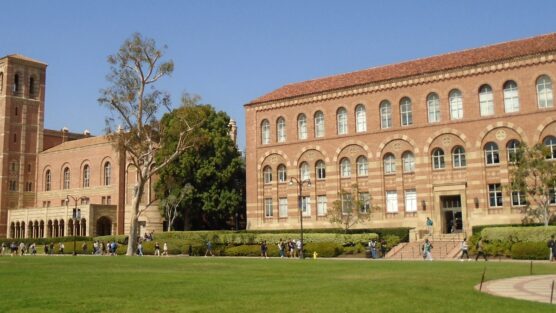A federal lawsuit accuses top colleges of overcharging thousands of students receiving financial aid. The lawsuit claims schools like Yale and MIT are a “price-fixing cartel.” But what exactly does this mean?
The Situation
Former students from several elite universities claim certain top colleges are colluding together as a cartel. A cartel is an organization that price-fixes. Price-fixing is the idea of everyone in a group deciding to overcharge people for something instead of relying on natural competition in the marketplace, which would lower the price.
The main nine schools accused are Columbia, Dartmouth, Duke, Georgetown, Massachusetts Institute of Technology, Northwestern, Notre Dame, University of Pennsylvania, and Vanderbilt. Seven other schools also named, and apparently less guilty, are Brown, California Institute of Technology, University of Chicago, Cornell, Emory, Rice, and Yale. Together, these 16 schools are the 568 President’s Group.
These schools aren’t fixing the price of admission. They get to set the admission price at whatever they want. However, when it comes to financial aid, this group will agree on a formula to determine what a family’s ability to pay is. These schools have all agreed on this formula to figure out what they expect your financial contribution to be. By doing this, they “meet need.” Your contribution would be the same, regardless of what school you attend.
You may notice that not every elite university is a part of this group. For example, Harvard, Stanford, and Princeton are missing. Because of this, the claim of a cartel is a head-scratcher. Many competitive schools are not a part of the 568 President’s Group. But their cost of attendance is probably the same. Due to this, it is unclear if getting rid of this group will make college more affordable.
The Issues
Even though it’s not clear if the harms this lawsuit is claiming are real, they may have uncovered some legal issues. The 568 President’s Group exists because of an exception in an anti-trust law established by Congress. The 568 exemption says that in order to participate in this type of group, you must have need-blind admissions policies. This is how these schools are able to get together to come up with the formula for financial aid. But are these schools really need-blind?
Need-blind admissions means that when a student applies, the schools do not look at any financial aid materials when they determine acceptance. Once a student is accepted, their application is sent over to the financial aid office, who sends them a package. However, there are many loopholes these schools have found in regards to need-blind policies.
Loop Hole 1: They Favor Donors
Elite universities favor the children of big-time donors. For anyone donating millions of dollars to a university, their child might get special consideration for getting in. If this is happening, the school isn’t really need-blind. However, this isn’t necessarily bad. If these donations stop, it could affect how much money the school can give other people.
Loop Hole 2: Some Schools Look at Waitlist Students’ Ability to Pay
U Penn and Vanderbilt were specifically accused of this. They looked at the financial need of waitlist students to determine who to let in. The claim is, schools that look at the financial need of students are not need-blind.
Loop Hole 3: Columbia’s School of General Studies
Columbia has a school of General Studies comprised of 2,500 undergraduate students this is not need-blind. This school targets non-traditional students who take time off, or are part-time. It’s a great option for non-traditional students who want an Ivy League education. The lawsuit criticizes this school because it enrolls a less wealthy student body, and it’s need-aware. It’s not playing by the need-blind rules, even if it meets 100% of demonstrated need.
Loop Hole 4: Enrollment Management
Enrollment management is a way schools assess need without actually looking at a student’s financial situation. They do this by guessing using other parameters they have in a student’s file. This may include looking at your zipcode, the size of your high school, or the topics of your essays. They do this to predict the overall financial profiles of the school. The lawsuit argues this process is not need-blind.
Need-Blind Admissions
Regrettably, it seems impossible for a school to be truly need-blind. Many factors of a student’s application correlate with wealth. Your activities and “WOW” factor, crazy research opportunities, test scores, grades, teacher recommendations, and essay topics all correlate with wealth. These institutions are elite. It makes sense that more privileged students are at a higher academic level than students who were not given the same advantages.
The schools targeted by this lawsuit are the best schools for students who don’t have a lot of income. They are trying the hardest out of everyone in the game to be at least a little more equal. They are often trying more than the colleges ranked in the middle. Tufts, for example, is need-aware instead of need-blind. The median income at Tufts is around $224,800 per family. The median incomes for the schools accused in this lawsuit are closer to the $150,000-170,000 range. That’s about a $75,000 difference between a need-aware college, and the accused need-blind colleges. It seems like this lawsuit is targeting schools that are actually doing a better job of giving aid to students than a lot of other schools. The schools in the lawsuit appear to giving much more aid than other competitive private schools ranked lower.




